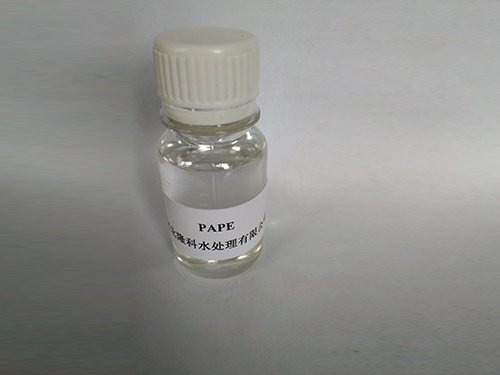Polyacrylamide
Polyacrylic Amide An Overview
Polyacrylic amide (PAM) is a synthetic polymer derived from the polymerization of acrylic amide monomers. Due to its versatile properties, PAM has become an important material across various industries, including agriculture, wastewater treatment, and pharmaceuticals. This article will explore the chemical structure of polyacrylic amide, its applications, benefits, and potential environmental impacts.
Polyacrylic Amide An Overview
One of the primary applications of polyacrylic amide lies in agriculture, particularly as a soil conditioner. PAM enhances soil structure by increasing water retention and reducing erosion, thereby contributing to improved crop yields. Its ability to form gels and retain moisture makes it an invaluable resource in arid regions where water conservation is critical. The application of PAM in soil can mitigate the effects of drought, promoting sustainable farming practices.
poly acrylic amide

In the wastewater treatment industry, polyacrylic amide serves as a flocculating agent. It works by aggregating suspended particles, which facilitates their removal from water. This property is essential for improving the clarity of treated water and ensuring that it meets environmental standards before being released back into natural bodies. The use of PAM in this context not only enhances the efficiency of wastewater treatment processes but also supports efforts toward pollution control.
Beyond agriculture and wastewater management, polyacrylic amide finds utility in the pharmaceutical industry. Its biocompatibility and non-toxic nature make it suitable for drug delivery systems. PAM can be used to encapsulate drugs, providing controlled release and improving their therapeutic effectiveness. Additionally, it is employed as a thickening agent in various formulations, enhancing the texture and stability of products such as creams and gels.
While polyacrylic amide offers numerous benefits, there are also environmental concerns associated with its use. The accumulation of synthetic polymers in ecosystems can lead to pollution and harm aquatic life. As a response, researchers are exploring biodegradable alternatives and developing methods to minimize the ecological footprint of PAM-based products.
In conclusion, polyacrylic amide is a multifaceted polymer with significant value across numerous industries. Its exceptional properties enable advancements in agricultural practices, wastewater treatment, and pharmaceutical formulations. However, it is essential to consider the environmental implications of its use and strive for sustainable practices. Continued research and innovation will be vital in maximizing the benefits of polyacrylic amide while minimizing its impact on the planet. As industries increasingly prioritize sustainability, polyacrylic amide will remain a key player in the pursuit of efficient and eco-friendly solutions.
-
Water Treatment with Flocculant Water TreatmentNewsJun.12,2025
-
Polymaleic AnhydrideNewsJun.12,2025
-
Polyaspartic AcidNewsJun.12,2025
-
Enhance Industrial Processes with IsothiazolinonesNewsJun.12,2025
-
Enhance Industrial Processes with PBTCA SolutionsNewsJun.12,2025
-
Dodecyldimethylbenzylammonium Chloride SolutionsNewsJun.12,2025





